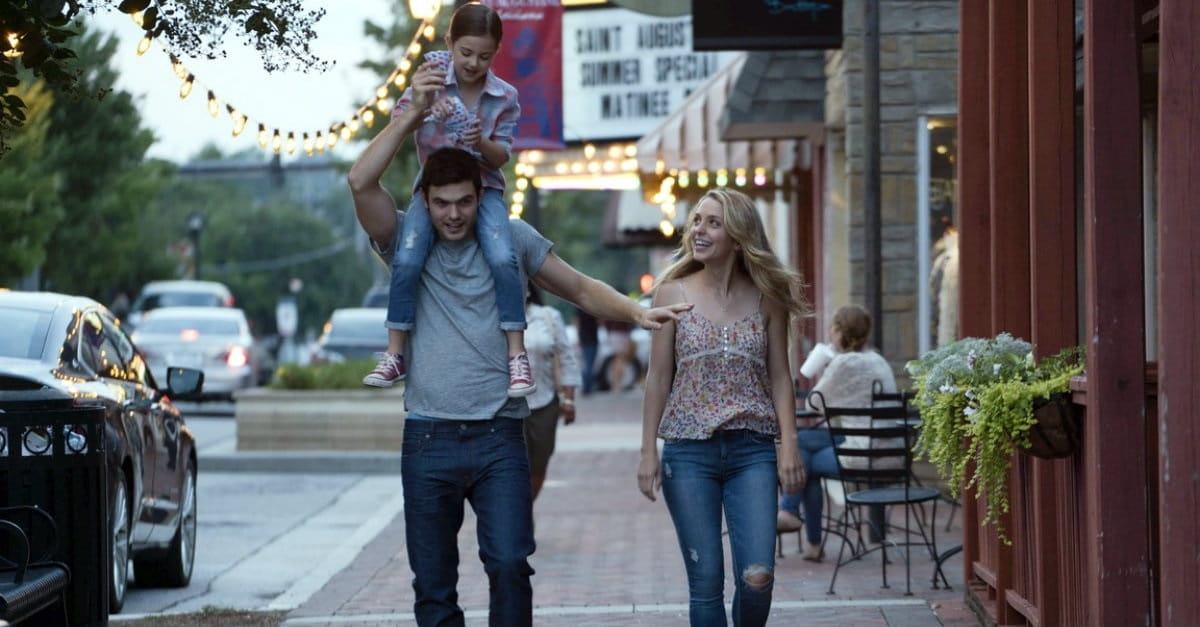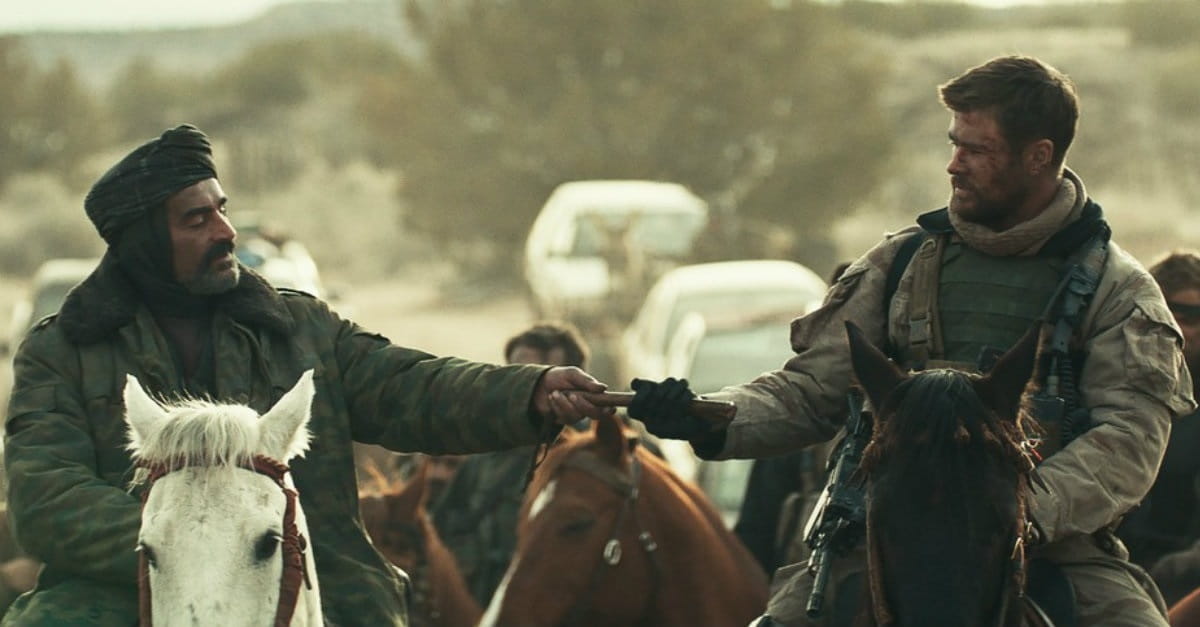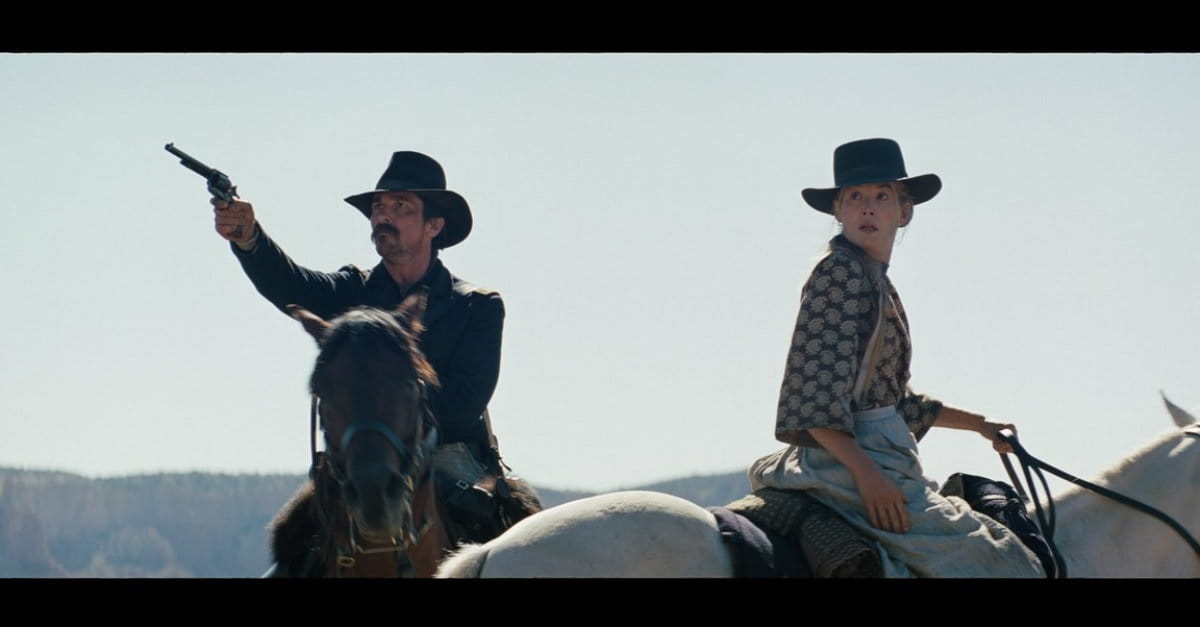Final Destination Characters Meet Eye-Popping Endings
- Christian Hamaker Crosswalk.com Contributing Writer
- Updated Jan 08, 2010

DVD Release Date: January 5, 2010
Theatrical Release Date: August 28, 2009
Rating: R (for strong violent/gruesome accidents, language and a scene of sexuality)
Genre: Horror
Run Time: 82 min.
Director: David R. Ellis
Actors: Bobby Campo, Shantel VanSanten, Nick Zano, Haley Webb, Mykelti Williamson, Krista Allen, Andrew Fiscella, Justin Welborn, Stephanie Honore
A recent report in USA Today states that no fewer than 14 horror movies will open in the next two months. If The Final Destination is an indication of what's to come, it's going to be a dispiriting fall movie season.
The Final Destination is the fourth film in the horror franchise about people who try to cheat death, but it's the first installment filmed using Real-D 3D technology. The three-dimensional presentation takes the decimation, decapitation and disgust to depressing levels.
Bobby Campo stars as Nick O'Bannon, who has a vision of imminent death while attending a professional car race. His girlfriend, Lori (Shantel VanSanten), and friends Hunt (Nick Zano) and Janet (Haley Webb) are skeptical of Nick's urgent request to leave the stadium before tragedy strikes, but his conviction convinces them to act. Nick's intuition proves to be a lifesaver. The four friends are spared when disaster unfolds just as Nick envisioned: Cars burst into flame, wreckage flies off the racetrack and straight at the spectators in the stands (remember—the film is playing in 3D in more than half its theaters), and the stadium crumbles and crashes to the ground.
The relish with which the multiple deaths are filmed reflects the film's priorities: The audience wants to watch the many ways in which people might die, and after three previous Final Destination movies, the filmmakers must deliver ever more creative ways of killing off their characters.
So, after the racetrack disaster, we're shown several more scenes of people meeting their Maker. The reason for the parade of death? Nick's actions at the racetrack saved people who were meant to die at the stadium. Now they must be killed off systematically. But if, Nick theorizes, he can determine who's next, that might break the chain and stop the impending deaths. With the assistance of video footage of the racetrack disaster, and with the help of the Internet ("We Googled ‘premonitions,'" one character explains to another), Nick and his friends try to head off the next fatality.
They fail. One by one, survivors of that day at the racetrack suffer and die, until Nick and his friends are next in line. Can they save themselves?
Death is strictly mechanical—and inevitable—in The Final Destination. It can't be stopped, no matter what precautions the characters take. It's not clear why Nick is given a vision of what's to come, or why, at one point, another of the four friends believes she, too, has foreseen clues about a fatal event in the near future. The one certainty is that someone will die—soon.
The only hope offered in the film is a false one—the premature belief that the characters have succeeded in their efforts to halt the dying. Faith in the midst of fear is also given short shrift. One character speaks of a belief in God, but mainly in resignation. His belief in second chances and in living every day to the fullest are grounded in the reality of personal loss and human frailty, but he says that if God wants him, he's ready to go.
Were the film more interested in theological questions about death, and in positively contrasting a positive view of life with the fatalism at the story's core, The Final Destination might have merited more attention. Instead, its message is one of despair and hopelessness, supplemented by visceral three-dimensional presentations of multiple deaths. Hope is shown to be illusory against the inevitability of death, which is realized in increasingly bizarre fashion: Inanimate objects like tow trucks, hairspray, overhead fans and conveniently stored barrels of flammable liquids in public venues converge in the most implausible fashion.
The characters spend the movie feebly attempting to outwit death, when their time, as Scripture shows, would have been better spent making sure their souls were ready to meet death, whenever it may come (Hebrews 9:27).
Christian readers of this review might conclude that a better way to spend their time on Earth is to avoid movies like The Final Destination.
Questions? Comments? Contact the writer at crosswalkchristian@verizon.net.
CAUTIONS:
- Language/Profanity: Lord's name taken in vain, including "go--damn"; several uses of various cuss words, including the "f" word; racial epithets; a veteran speaks to an Asian man about killing "your kind" back in the war.
- Smoking/Drinking: Characters drink in the very first scenes, and a few times throughout the film; some characters are shown smoking, and the burning tip of a cigarette appears in a premonition; a character drinks and drives; another recounts his own drinking and driving, which led to the death of his wife and child.
- Sex/Nudity: Tampons are used as earplugs for children; kissing; verbal reference to oral sex; a boyfriend and girlfriend wake up next to each other in bed, and the woman rubs the man's chest; an explicit sex scene features a shot of a bare-breasted woman and discussion of who has, and hasn't, achieved orgasm; a woman is shown in her underwear; crude reference about an attractive woman who's a mother; a man told he might die says, "I'm going to do what I do best. I'm going to get laid. If I'm dyin', I'm tryin.'"
- Violence/Crime: Hideous scenes of characters suffering grisly death; at a racetrack, cars crash and catch fire, and tires and other auto parts fly into the audience, killing spectators; a tire hits a woman's head, which disintegrates on impact; people are sliced in half; man impaled; falling concrete crushes people; opening-credits sequence shows X-ray images of human bodies suffering grisly wounds; drinking and driving; a white man starts to put a cross in a black man's front yard, but ends up burning to death while being dragged behind a truck; a riding mower ejects a rock, which becomes an instrument of death; another man is impaled; a man pushes a boy off a raft in a pool; man disemboweled by powerful pool drain; a woman nearly drowns in a car wash; an explosion at a movie theater kills many audience members; a woman is impaled; people fall off an escalator; a nail gun pins a man's arm to a wall; more X-ray images of gruesome death.
- Religion: A man expecting to die says he's at peace with death, and that his family is waiting for him on the other side; he attempts suicide, saying he was "just trying to give God what He wanted"; discussion of second chances, and of making the most of every moment and not wasting a single day; a character comments on déjà vu being something that's God-given; discussion of premonition and signs.














